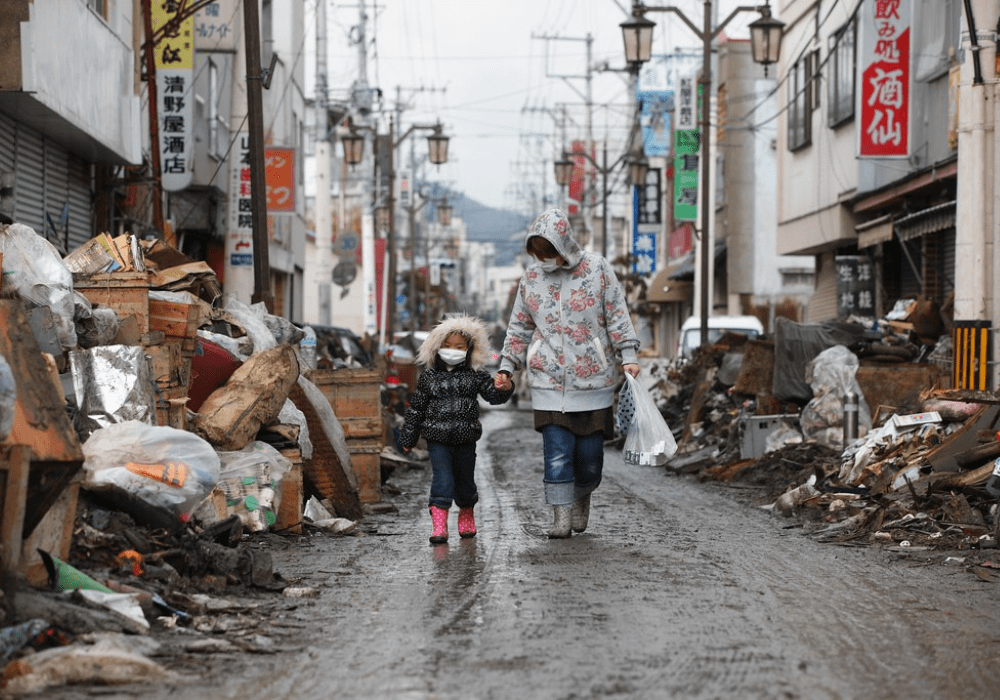
In this report, Dunqing Li analyzes different mitigation strategies that could be used to prevent the impact of natural disasters like the Great East Japan Earthquake that took place on March 11, 2011. The deaths and destruction caused by the earthquake, tsunami, and nuclear reactor failure exemplify why mitigation strategies are needed to reduce the damage in the event of natural disasters.
In his report, Dunqing outlines major mitigation strategies implemented in the aftermath of the disaster. The strategies are both structural and non-structural. Structural strategies include investing in resilient infrastructure to reduce damage to essential systems (water supply lines and sanitation), updating building regulations, reinforcing existing infrastructure, and creating backups. Nonstructural mitigation uses information and communication systems to allow people to be more prepared for natural disasters. An example is Japan’s early warning systems and earthquake and tsunami drills, all of which ensure that people are able to act quickly in the event of a disaster.
